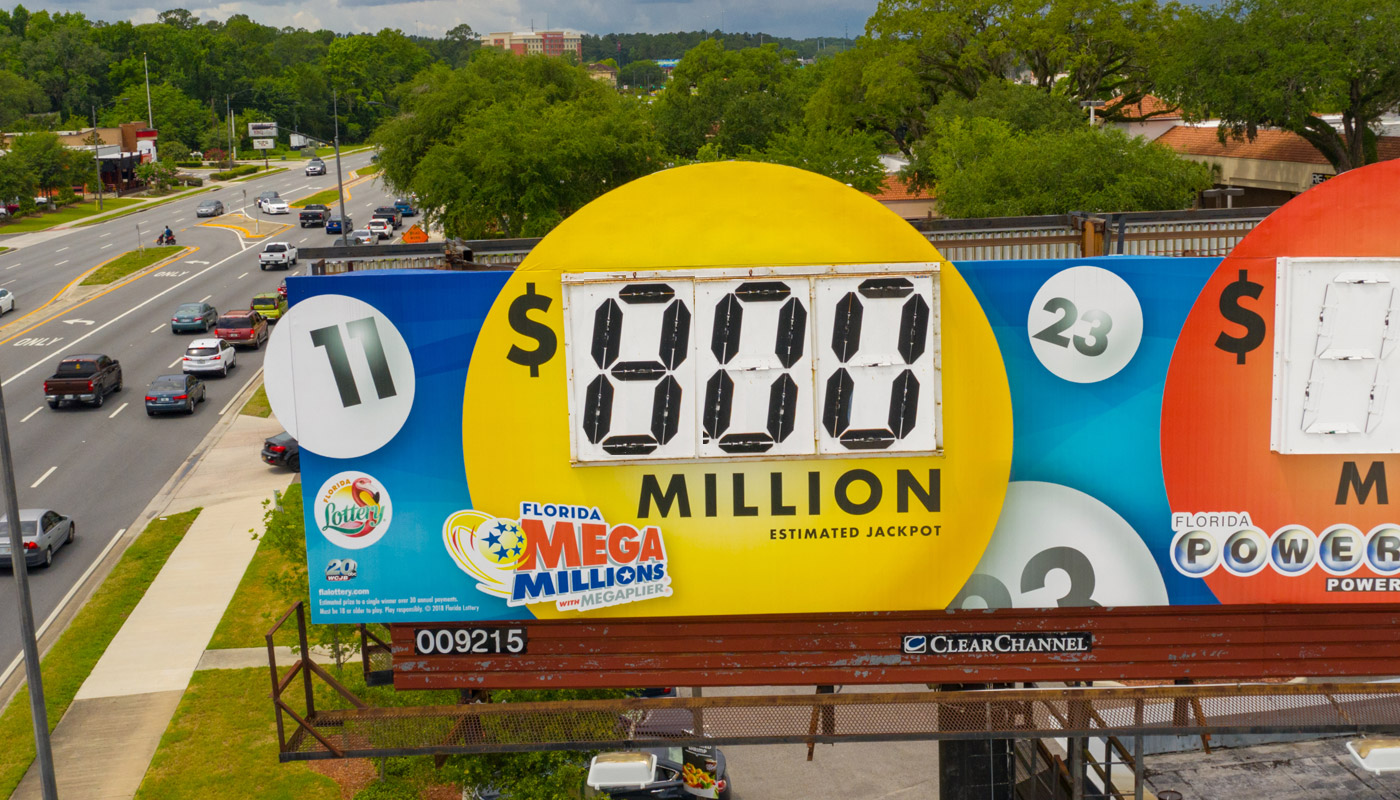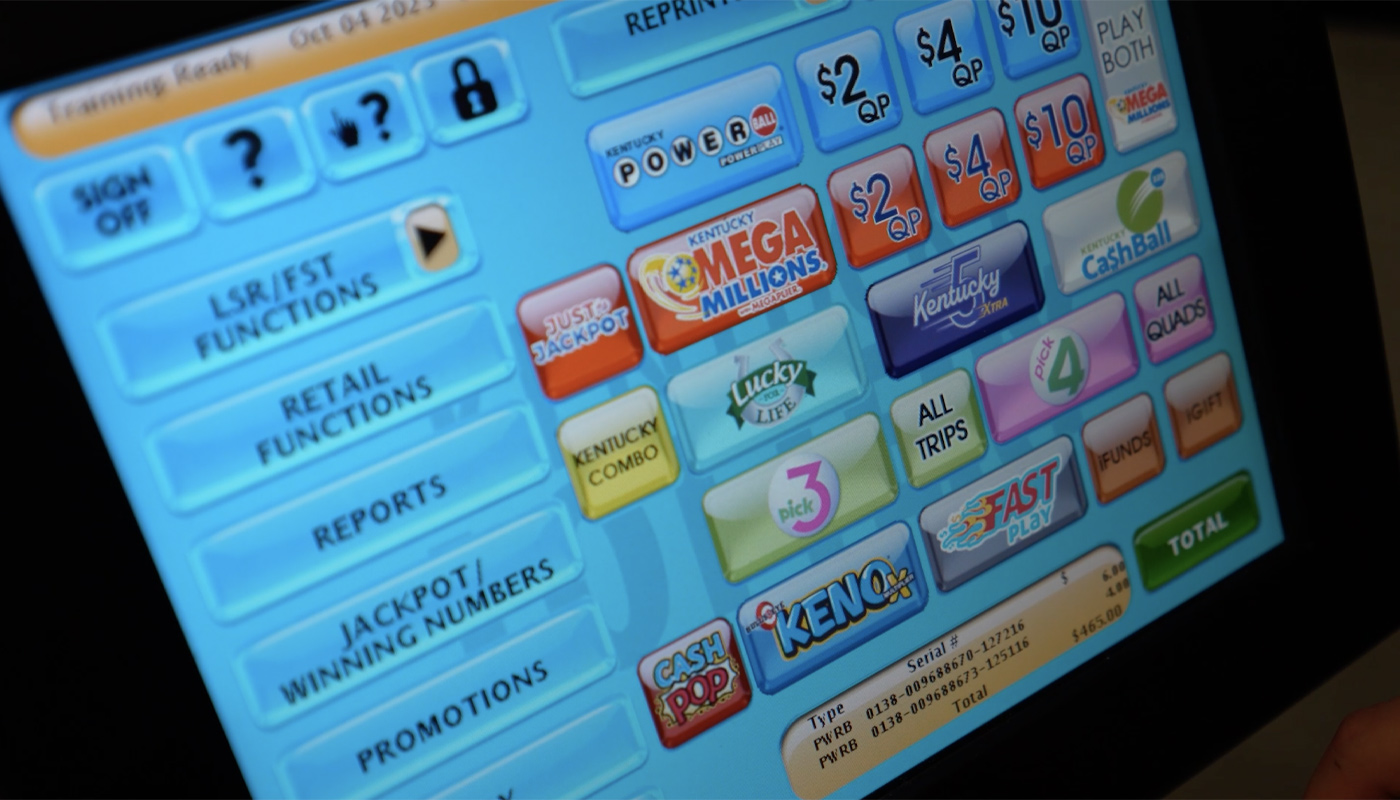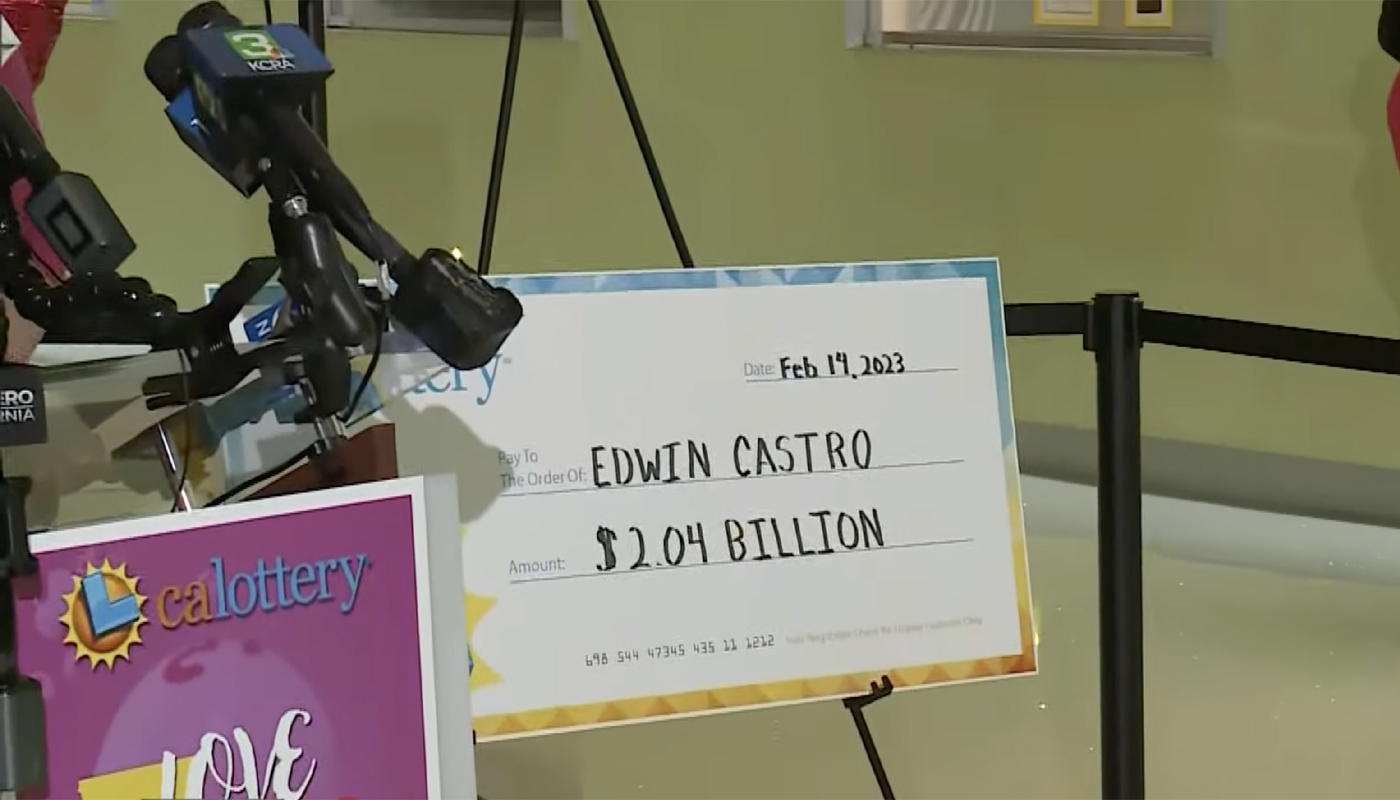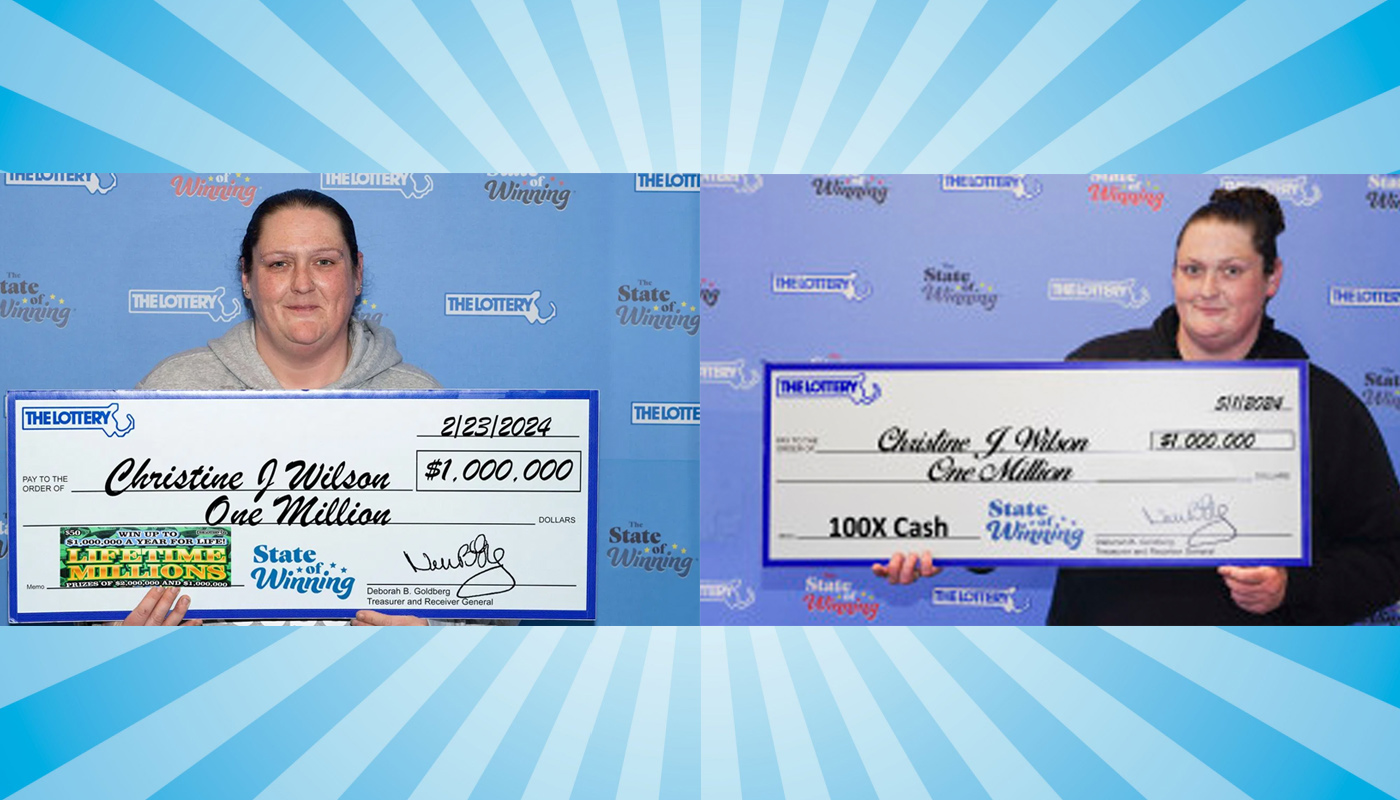
News writer, Interviewer
Six months into Mega Millions' biggest game overhaul, the numbers tell a striking story. The jackpot climbs more slowly than expected. But winners? They're walking away with four times more money.
Through October 21, Mega Millions paid out $385 million in non-jackpot prizes. Under the old game, those same wins would have netted just $88 million. That's a 339% increase. So what's driving this shift? And is it working?
In an exclusive interview, Lottery USA reached out to Joshua Johnston, Lead Director of the Mega Millions Consortium, to get answers.
The trade-off: slower jackpots for bigger wins
The new Mega Millions launched in April with a bold promise: better odds, bigger prizes at every level, and a built-in multiplier that could turn a $500 win into $5,000.
But there's a catch, as Johnston explains:
The major factor impacting jackpot growth is the percentage of sales that are put towards funding the jackpot. This percentage was reduced in the new game to fund substantially larger payouts on lower-tier prizes.
In other words, Mega Millions redistributed the money. Less goes to the jackpot. More goes to everyone else.
The result was a $112 million jackpot hit in Ohio just four drawings in. Another $348 million winner in Virginia followed in June. The current jackpot sits at $800 million, already in the top 10 all-time Mega Millions jackpots.
But the growth rate seemed to lag behind projections. Is this a problem?
Johnston doesn't seem worried. "It's a little premature to make a call on if [sic] we are or aren't yet meeting expectations."
History suggests patience
This pattern isn't new. When Mega Millions raised ticket prices in 2017, sales dropped initially. Then, once the jackpot hit what players considered "significant," they came back. Sales spiked. The jackpot followed.
Johnston expects the same trajectory now.
We saw a similar pattern when the game's ticket price last changed in 2017, but once the jackpot reached a significant amount, players returned to the game, new players began buying tickets, and the sales and jackpot curves began to spike.
The question: what counts as “significant” in 2025?
$800 million might be the tipping point. Johnston thinks so.
Now that it's at more than a half-billion dollars, we expect more infrequent players to begin playing, and that should push the jackpot even higher.
A deliberate $10 strategy
Here's where things get interesting.
More than 4.1 million players have won the minimum prize: $10. That's a $5 base prize with the automatic 2X multiplier, and those wins alone total $41.8 million.
Compare that to the old game, where matching just the Mega Ball paid $2. You spent $2, you won $2. Break even.
Now, you spend $5 and you win at least $10. Maybe $15, $20, $25, or $50, depending on the multiplier.
Was this intentional? Johnston confirms:
Yes, it was a deliberate strategy. In research performed before the decision was made to change the game, the embedded multiplier was very appealing to casual players.
The logic: give casual players more bang for their buck. Make the $5 investment feel worth it, even without hitting the jackpot.
And it's working. Players matching only the Mega Ball have collected $134 million. That's nearly double what all eight non-jackpot prize tiers combined would have paid out in the old game.
The 10X multiplier inspiration
The new 10X multiplier is the standout feature.
More than 427,000 winners at the 10X level have won over $28.8 million across various prize tiers. In the old game, the optional multiplier maxed out at 5X and cost an extra dollar. Now, the multiplier is built in. It goes up to 10X. And it's already delivered $32 million in prizes.
Where did the idea come from? Johnston tells us:
Many states have used multipliers as add-on features for their in-state jackpot games for years," Johnston says. "We took these case studies into consideration when deciding how or if to implement that feature as part of the new game.
The payoff is clear. The 3X multiplier has paid out the most dollars overall: $113.3 million. The 2X multiplier has the most player wins: 6.3 million prizes.
Are other lottery games taking a hit?
A 339% increase in non-jackpot prizes raises an obvious question: are players shifting their spending away from scratch-offs or other games?
No, according to Johnston.
We haven't seen anything like that. That's the beauty of having a robust set of games available in each state. People can choose whatever game speaks to them.
The data backs it up. Players aren't abandoning other games. They're just winning more when they play Mega Millions.
Telling winner stories
Mega Millions is taking a page from its 2017 playbook.
When ticket prices changed back then, the lottery focused on jackpot hype. This time, the strategy is different. Johnston says:
We have been encouraging individual state lotteries to promote winner awareness. Telling the stories of the players who would have won $10,000 but thanks to the new game's multiplier took home $100,000, or who would have won $500 but instead won $2,500 or $5,000…those are the stories that help people really see the value of the new game.
It's smart. The jackpot grabs headlines. But for most players, the real action happens in the lower tiers. And Mega Millions wants them to know it.
Better odds, more winners
The odds of winning the jackpot improved slightly: from 1 in 302 million to 1 in 290 million. That's a marginal change. But combined with the multiplier and better overall odds of winning any prize, it's making a difference.
Two jackpots hit in six months. That's unusual, but not unprecedented. Johnston notes:
Mega Millions is a game of chance, so it's not unheard of to have two jackpots hit close together. The fact that it happened right after the changeover to the new game is more by happenstance than anything.
Still, the frequency aligns with the improved odds. And beyond the jackpot, players are winning more than ever. Twenty-four players became millionaires without hitting the jackpot. Ten won $2 million. Nine won $3 million. Four won $4 million. One won $5 million.
Their tickets were sold across 13 states, from California to New York.
What's next for Mega Millions?
Johnston says, "We're always looking at opportunities to expand and promote the brand."
So, he's willing to speculate on the future of lottery technology:
I think the biggest technical advance will be the continuation of smoothing out the player experience. By that I mean finding ways to make purchasing easy, playing simple and straightforward, and claiming prizes easy and convenient.
Specifically: self-service checkouts and online sales. Both make sense. Convenience drives participation. And participation drives jackpots.
A gamble that's paying off
Mega Millions took a risk with this redesign.
Slower jackpot growth is a hard sell when billion-dollar prizes dominate headlines. But six months in, the trade-off looks smart.
Players are winning more. Casual players have a reason to play. And the jackpot is climbing. The current jackpot of $800 million is nothing to dismiss. If Johnston's prediction holds, infrequent players will return. Sales will spike, the jackpot will soar, and the multiplier will keep paying out millions along the way.
Is this the future of lottery games? Maybe.
For now, Mega Millions is betting big on every winner. Not just the jackpot chasers.
And the players seem to agree.

















Comments